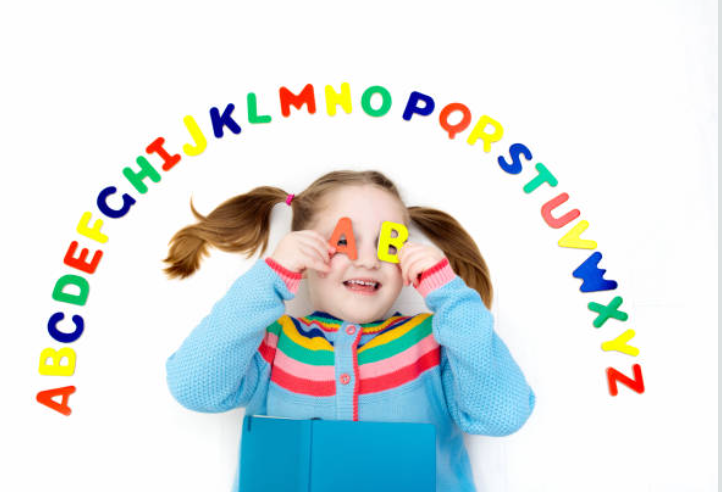Have you ever wondered if typing the alphabet quickly could help you type faster in general? Many people want to improve their typing speed but aren’t sure which practice method works best. In this article, we’ll compare alphabet typing tests with traditional typing tests to see which one might help you more.
What Are Alphabet Typing Tests?
Alphabet typing tests are simple. Simply type every letter from A to Z as quickly as possible. These tests focus on how quickly you can hit each letter on your keyboard in order. Many people use alphabet typing tests as a quick way to practice their keyboard skills.
What Are Traditional Typing Tests?
Traditional typing tests usually ask you to type real sentences or paragraphs. These tests measure:
- How fast can you type? Measure your words per minute (WPM)
- How many mistakes you make
- How accurate writing you are overall
Why Typing Speed Matters
Fast typing helps you in many ways:
- Finish homework faster
- Chat with friends more quickly
- Save time on computer work
- Feel more confident using computers
Are you beginner in Typing
Many people struggle when learning to type:
- Finding the right keys: It’s hard to remember where all the letters are without looking.
- Using all fingers: Many beginners only use two fingers to type.
- Looking at the screen: It’s tough to stop looking at your hands while typing.
- Getting faster: Even after learning where the keys are, typing quickly takes practice.
Benefits of Alphabet Typing Tests
Alphabet typing tests have some good points:
Simple to Understand
Anyone can understand the task – just type A through Z as fast as possible. Skip the reading step – just start typing right away.
Focus on Letter Location
When you practice the alphabet, you must find every single letter on the keyboard. This helps you learn where all the keys are.
Quick Practice Sessions
A skilled typist can finish an A-Z test in under 30 seconds. This makes it easy to practice several times when you only have a few minutes.
Measurable Progress
It’s easy to track your improvement. If you typed the alphabet in 15 seconds yesterday and 13 seconds today, you’re getting better!
Less Frustrating for Beginners
For someone just starting out, typing full sentences can be overwhelming. The alphabet is already familiar, which makes it less scary.
Benefits of Traditional Typing Tests
Traditional typing tests also have advantages:
Real-World Practice
We rarely type just the alphabet in real life. Traditional tests use actual words and sentences like you’d type in school or work.
Full Keyboard Usage
Traditional tests include numbers, punctuation, and capital letters – not just lowercase letters.
Word Pattern Recognition
When you type real words often, your brain learns common letter patterns, which helps you type faster.
Longer Practice Sessions
Traditional tests usually take 1-5 minutes, giving you more sustained practice.
Industry Standard Measurement
Most jobs or schools measure typing speed in words per minute (WPM), which traditional tests provide.
Which Test Helps More with Different Skills?
For Learning Key Locations
Winner: Alphabet Tests
Alphabet tests force you to find every letter. This is perfect for beginners who are still learning the keyboard layout.
For Building Speed
Winner: Traditional Tests
Traditional tests help you develop the muscle memory needed for typing common words and letter combinations.
For Improving Accuracy
Winner: Traditional Tests
Traditional tests track errors and show you which words or letters you commonly miss.
For Quick Practice
Winner: Alphabet Tests
When you only have a few minutes, alphabet tests give you more attempts in less time.
Who Should Use Each Type of Test?
Alphabet Typing Tests Are Best For:
- Complete beginners just learning the keyboard
- People who want quick practice sessions
- Those who find traditional tests too stressful
- Children just starting to learn typing
Traditional Typing Tests Are Best For:
- Students who need to type essays
- Office workers who type documents
- Anyone wanting to measure their true typing speed
- People preparing for typing tests at school or work
Combining Both Approaches
The best approach might be to use both types of tests:
- Start with alphabet tests to learn where all the keys are
- Move to traditional tests to build real-world typing skills
- Use alphabet tests for warm-ups before longer typing sessions
- Return to alphabet tests to work on problem letters
Tips to Improve Your Typing Speed
No matter which test you prefer, these tips will help you improve:
- Practice regularly – Even 5 minutes daily helps more than one hour once a week
- Use proper hand position – Keep your fingers on the home row (ASDF and JKL;)
- Don’t look at your hands – This is hard at first but very important
- Start slow and focus on accuracy – Speed will come with practice
- Take breaks – Rest your hands when they get tired
Conclusion
Both alphabet typing tests and traditional typing tests have their place in helping you become a better typist. Alphabet tests are great for beginners and quick practice, while traditional tests better prepare you for real-world typing.
The best approach is to use alphabet tests when learning the keyboard or for quick warm-ups, then spend most of your practice time on traditional typing tests with real sentences and paragraphs.
Remember that consistent practice matters more than which test you choose. Even 5-10 minutes of daily typing practice will show remarkable results over time!
Why not try both types of tests today and see which one you prefer? Our alphabet typer game is a great place to start – it’s fun, fast, and will help you track your progress as you become a typing master!


